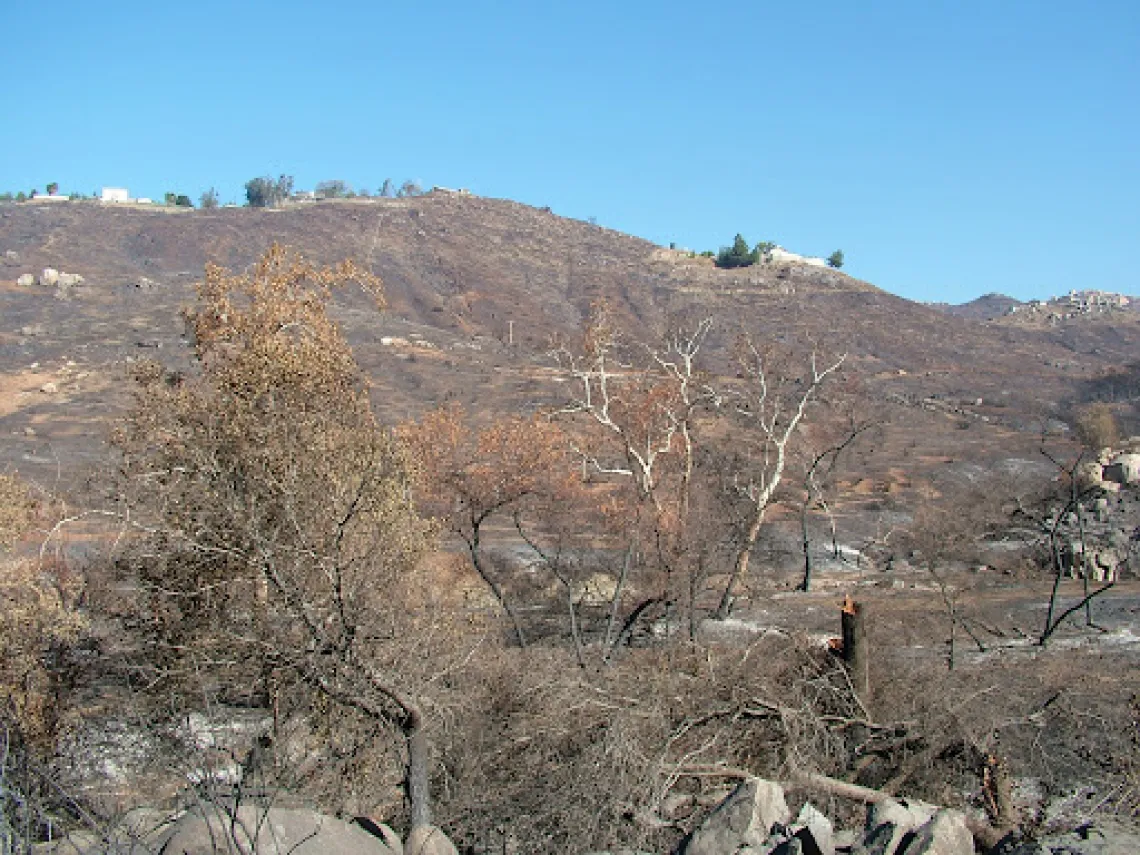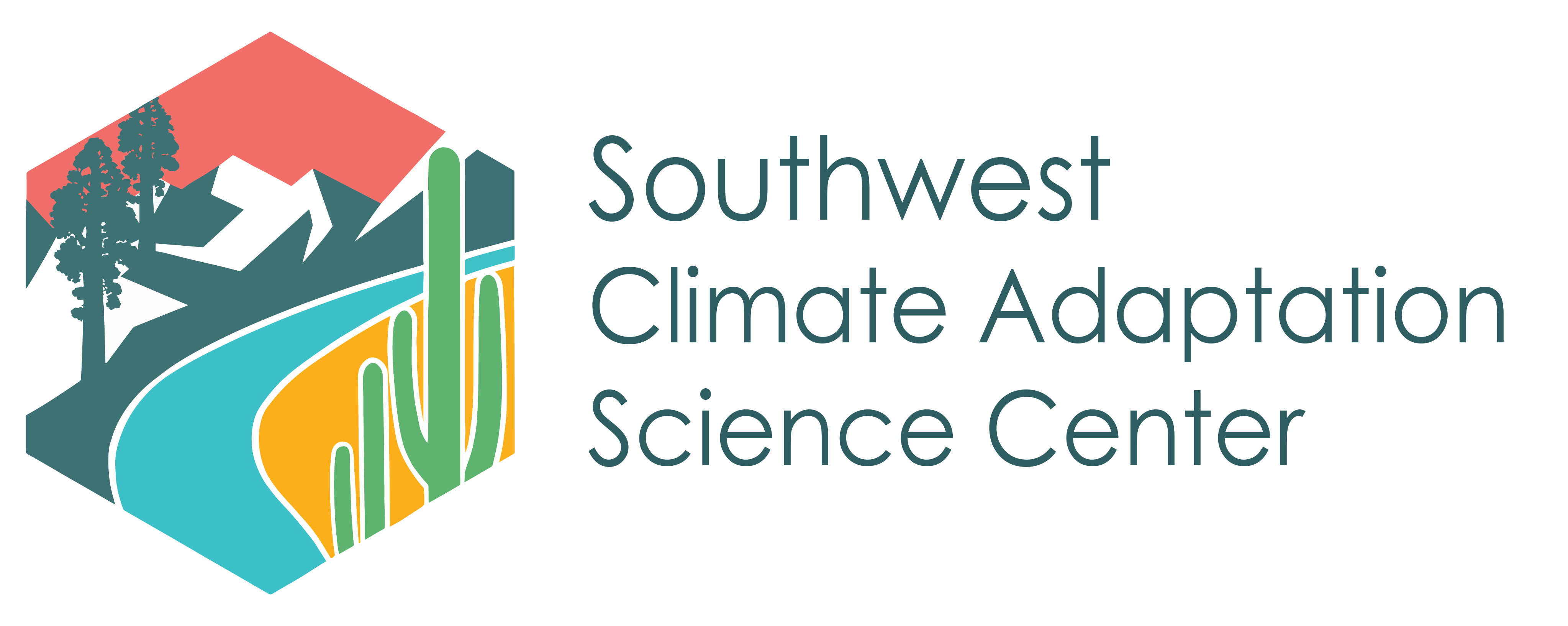The Role of Rural Communities in the Western U.S. Wildfire Crisis

Photo Credit: U.S. Geological Survey
In a new article for Stanford Social Innovation Review, Southwest Climate Adaptation Science Center co-principal investigator, Mark Schwartz (University of California, Davis), argues that western U.S. states are not facing a wildfire crisis, but rather a rural community social crisis. His article titled, “Rethinking Risk and Responsibility in the Western Wildfire Crisis,” discusses the drivers behind severe wildfire in the wildland-urban interface (WUI) and what adaptation strategies are needed in order to create social change.
Predominant strategies used to manage severe wildfire focus on fuels reductions, especially on public lands. These strategies pose a problem because, for ecosystems like grasslands, shrublands, woodlands, and coniferous forests, as Schwartz says, “We not only expect them to burn, but, in many cases, we need them to burn in order to maintain their ecosystem goods and services.” Additionally, human-caused wildfires that spread from private to public land make up the majority of wildfires and coniferous forests make up a smaller number of ignitions, burns, and losses than other types of ecosystems. Fuels reduction also fails to manage severe wildfires because the most damaging fires are not fuels-driven, but wind-driven.
According to Schwartz, wildfire is a societal issue that is driven by rising populations in rural communities located in the wildland-urban interface (WUI). While Schwartz is in favor of fuels reduction in coniferous forests, not all ecosystems respond to this kind of solution and human behavior is a major factor in successful wildfire damage control. As residents move into high-risk wildfire environments without proper risk reduction protections, wildfire risk increases in three main ways: 1) A majority of wildfires are human-caused, 2) Firefighting efforts are channeled towards defending property rather than containment of the fires, and 3) A lack of adequate risk-reducing fire-safety strategies for homes in high-risk locations increases the chances of damage.
Schwartz discusses three generalized policy-driven methods that can bring about societal change. Providing information to homeowners is important, but does not lead to widespread adoption of fire-safety measures. Incentives may be a useful method to push the adoption of fire-safety strategies, such as offering home-hardening grants. Schwartz also discusses regulation as a way to achieve fire-safe communities in the WUI. However, these strategies are already being implemented without resulting in the desired changes to the WUI crisis. According to Schwartz, a combination of information, incentives, and regulation, paired with the rebuilding of a sense of community, an obligation to one’s neighbors, and an increase in the responsibility of fire-safety for private landowners are needed for a more resilient, fire-safe West.

